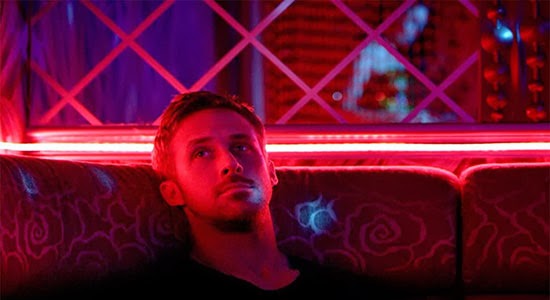The 70’s had George Romero. The 80’s had John Carpenter. The 90’s had Wes Craven and David Cronenberg. The mantle has been passed – we have a new crown prince of Hollywood horror. His new horror film The Conjuring, which releases in India this week has no blood, no gore, no violence, no sex, no foul language, but it was rated R in the United States for just one reason – it was too scary. But how could one make a decent horror film without any of those elements in this day and age? The answer lies in the Malay-Aussie James Wan, whose creativity with the camera is only matched by his staggering box office success.
Wan was just 25 when he hit the scene ten years ago with Saw, a gory low budget horror thriller that contained a genius level plot twist. The film was set almost entirely in a bathroom where two men chained to a pipe were toyed around by a mysterious man on an audio tape. The final reveal of the villain became iconic, as did the creepy puppet Billy. Saw spawned six subpar sequels written and directed by other people and milked by the studio, a move that somewhat diminished Wan’s hard earned street cred. It was probably why Wan’s next film Dead Silence, written by his Saw scribe Leigh Whannell crashed both critically and commercially. Dead Silence was a weird and atmospheric film but Jigsaw the serial killer from Saw had become a household name and torture porn had become the go-to horror genre. He had created a monster of a genre and to stay relevant, one of them had to destroy the other.
Five years and yet another bomb later, Wan reemerged with Insidious,a hair-raising haunted house horror film that eschewed the torture porn style of Saw and relied on old fashioned jump scares. The film was made for a paltry $1 million and it ended up grossing 100 times that number. It was a critical darling and it ended the reign of both Saw and Paranormal Activity assembly line horror franchises. Insidious although familiar plot wise was an engrossing watch thanks to Wan’s artistry and his flair for timing. Before getting to work on the sequel Wan readied The Conjuring, a 'real life based' 70’s set possession story. The results are terrifying to say the least and Wan has clearly established himself as the contemporary horror maestro.
Starring Patrick Wilson and Vera Farmiga as paranormal investigators, the film abjures nearly every single horror movie cliché known to man and offers a brand new set of scares to ensure you stay awake through the night. Presenting Wilson and Farmiga’s characters and the family that they investigate as ‘real life’ are more marketing bullshit than anything, but it doesn't matter because this is a blitzkrieg of a horror movie. Like the 2006 Spanish movie El Orfanato, The Conjuringemploys a subtle approach to build up the atmosphere and the scares, this enables Wan to cram in dozens of unexpected jolts. The difference, however, is that the jolts are tastefully, artfully done unlike the five thousand decibel cheap thrills that most horror films utilize. Wan reuses some of the goodies from Dead Silence, like the terrifying old woman and the creepy dolls, but cleverly ties them up as references, hinting at the possibility of both films and even Insidious being set in the same universe.
The tension in the first two acts is almost unbearable and Wan rewards the viewer with a typhoon of a third act as a neat little bow tie. The finale is a crazy ride but the reason why it works is that instead of an assault of overblown special effects it is staged in a claustrophobic tiny space, and it doesn't borrow from other films. So many exorcism films tanked in the past decade because they all scrounged cliches from The Exorcist that everyone saw years ago. The Conjuring however maintains ingenuity with the way Wan stages his spooky scenes. He doesn't need blood, gore and language to frighten you. He simply puts a contorting person on a chair and covers their head with a sheet and films them. He doesn't need a bathroom mirror false scare tactic to startle you, all he uses is a music box with a tiny reflective surface that shows something appearing behind you when the music stops. Good luck keeping your eyes open when it does.
(First published in Firstpost)
(First published in Firstpost)

















